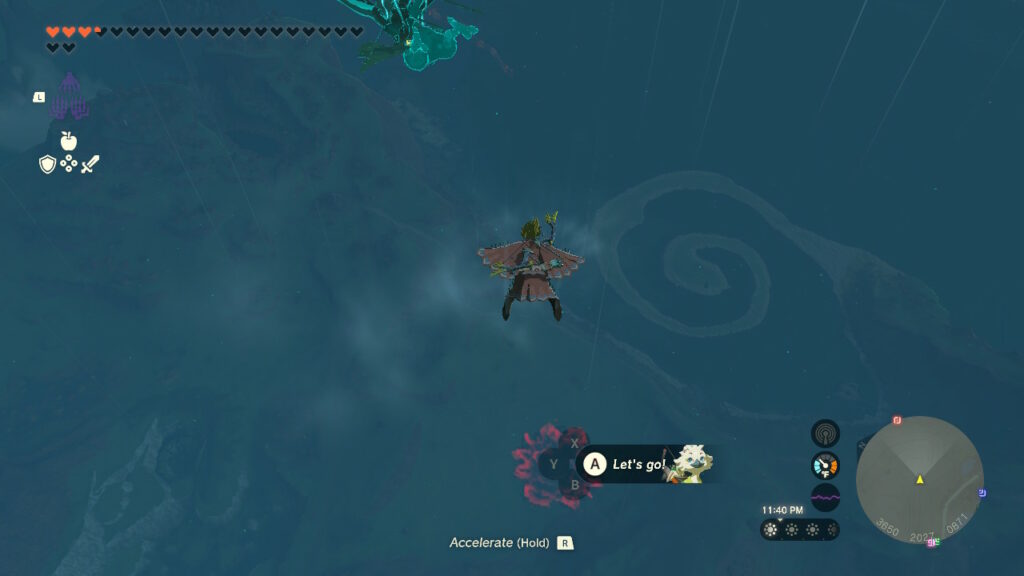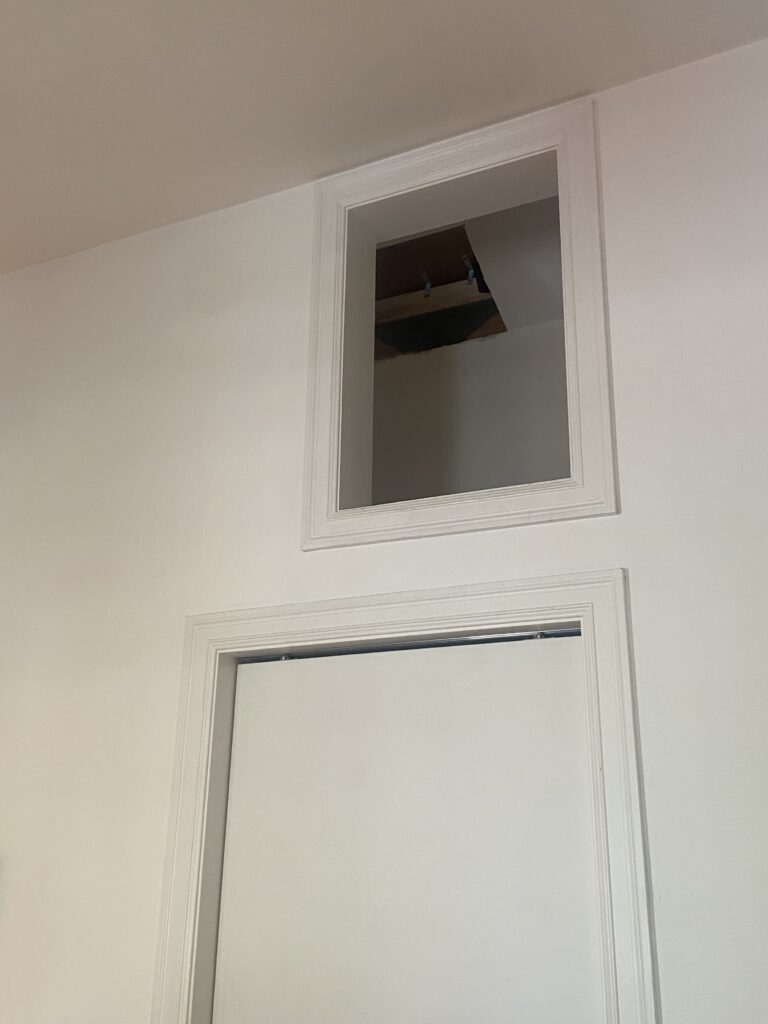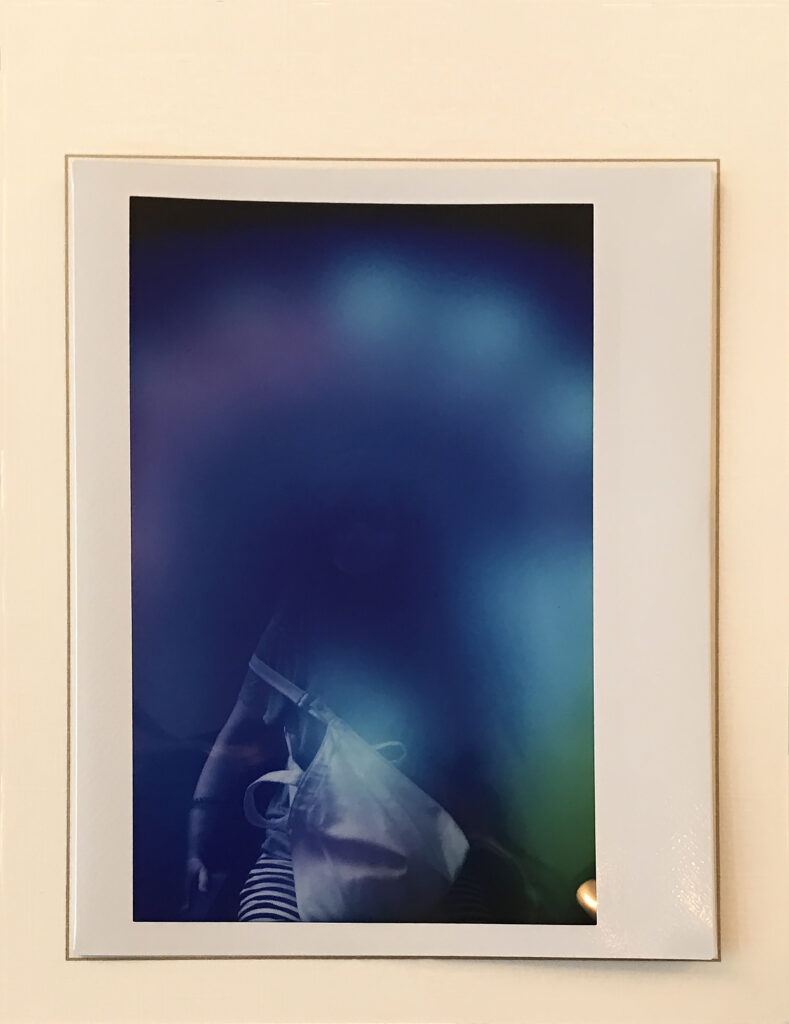Still from Something Good, 1898. Courtesy of the Hugh M. Hefner Moving Image Archive at the USC School of Cinematic Arts.
1.
It’s the silent abandon with which they kiss, as if they are aware of someone striding toward them, this someone’s finger wagging, telling them, “No, no, not here, stop that now, or I’ll be forced to separate you, you profligate negroes.” But before this imagined censor can reach them, they pull each other close and kiss again, their mouths disappearing into each other, their mouths taking the shape of their longing. They touch each other as if they have just been released from something, as if their license to touch is short, stolen, or forged. In Something Good, which features the first known on-screen kiss by a Black couple, filmed in 1898, it appears as if the two actors, a peach pit–toned Black man wearing a bow tie and jacket and a peach skin–toned Black woman wearing a ruffled collared dress belted at the waist, are touching each other after a long period of denial, as if they have forgotten what the other’s mouth and hands and neck feel like and are now voraciously reacquainting themselves with each other. The pit of the peach swaddled by its flesh, becoming whole there on the limb of the day. Voraciously seeking itself, making itself happen—be. No, not quite voraciously, but without caution or care for who’s watching, though they are both aware, and we, too, are aware that someone is watching their performance.
They do whatever they like, their arms swinging back and forth between forays of kissing, as if they were going to a carnival down by the railroad tracks or have suddenly come out of a clearing, the man having drunk water from a stream, the sky all in it, and when he looked up, there she was, this peach-skinned woman. The man’s mouth moves as if he were remembering the taste of water, and the woman moves about him as water and as what he could not predict, which is the sky, and the shore that makes the water possible. In less than twenty seconds, they move together as earth moves with water, unpredictably, their kissing meeting and coming apart without a preordained or announced rhythm. Earth and water. Peach swelling into its flesh and pit on the limb of the day.
2.
Copyright
© The Paris Review




















